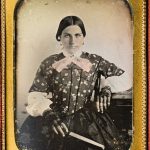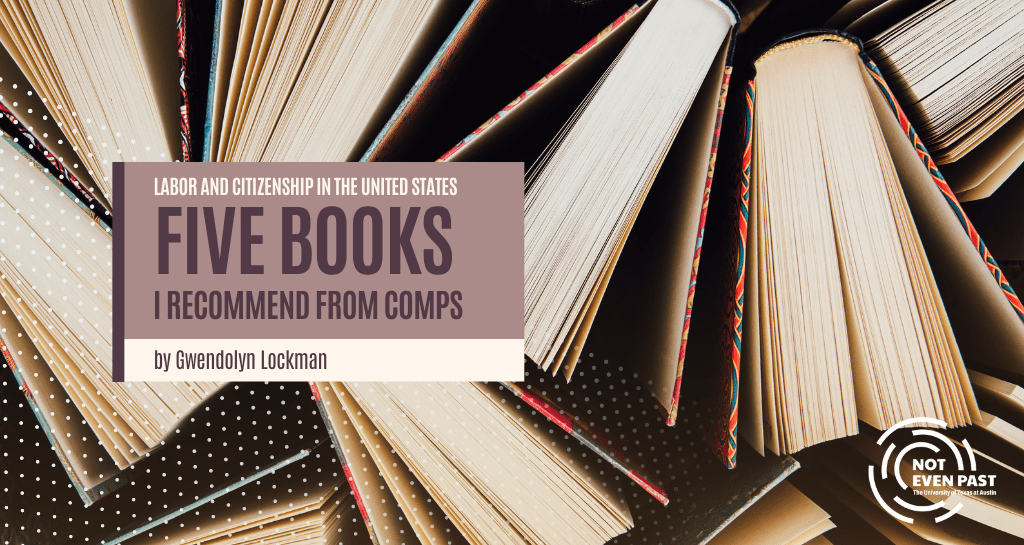
The best part of reading for comprehensive exams in graduate school is getting to read scholarship that inspires, even if it is not directly related to your dissertation research. I am a historian of labor and leisure in the U.S. West, so my comprehensive exams encompassed readings in U.S. History, divided into pre-1865 and post-1865 sections. Here are five books, which I enthusiastically recommend, spanning 1750 to the present, from Baltimore and New York to Southern California and Navajo Country.
1. Manning, Chandra. Troubled Refuge: Struggling for Freedom in the Civil War. New York: Knopf, 2016.
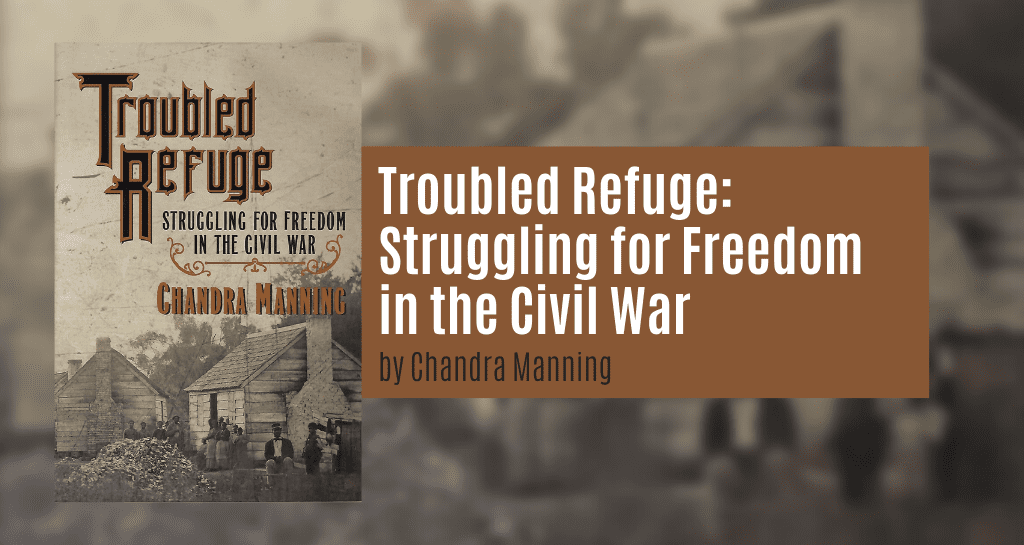
Chandra Manning examines the role of the Union army in facilitating emancipation during the Civil War. She categorizes formerly enslaved people as refugees, though the term is more often associated with twentieth and twenty-first century stateless people. She argues that looking at contemporary refugee camps is perhaps the best comparison with the “contraband camps” of the Civil War, where those who escaped slavery sought refuge with the Union army. She emphasizes that the Union army was not necessarily prepared to act as massive humanitarian organization, nor was it perfectly aligned with the aspirations of freed people. Rather, an alliance of necessity arose. The most urgent takeaway from Manning’s book is that it took all the force of the Union army to begin emancipation, but the abolitionist effort lost this powerful ally with the war’s end and re-enslavement was a distinct possibility. Manning assures us that there is nothing predestined about the past. Emancipation, citizenship, and voting rights legislation could have turned out differently. Even the Thirteenth Amendment nearly had language that forbade Black citizenship. Terrorization of Black people by white people following Emancipation made it evident that slavery could stay very much alive in culture and practice, laws be damned.
2. Molina, Natalia. How Race is Made in America: Immigration, Citizenship, and the Historical Power of Racial Scripts. Berkeley: University of California Press, 2014.
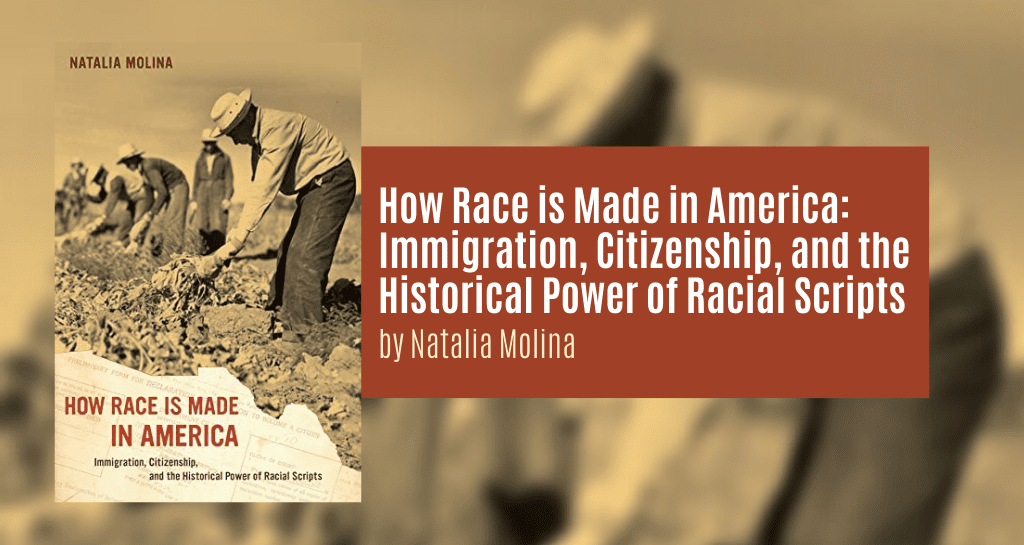
Molina’s book describes race in terms of historical processes around law, language, and culture. In theorizing what she calls “racial scripts,” Molina emphasizes the power of language and ideas as relational structures that set patterns for discrimination. The ways in which law and media “racialize” groups in American culture depends on the recycling of stereotypes, biases, and suspicions of othered peoples. The book spans the era between the Johnson-Reed Immigration Act of 1924 and the Hart-Cellar Act of 1965. It focuses on Mexican immigration, but also includes important examples of discrimination against African Americans and Asian immigrants. This relational presentation of the processes of creating ideas about race is crucial to the idea of “racial scripts,” which evolve as racism develops and redevelops based on accumulative prejudices in mainstream white American culture. In short, what racial discrimination might be leveraged against one minoritized group–mongrelization, demonization, portrayals of licentiousness–was and continues to be re-used in American racial relations in a tug-of-war of who “counts” as an American. And yet, Molina emphasizes that racialized populations resist these “racial scripts” by creating “counterscripts” to build solidarity and community within and among racialized peoples.
3. Rockman, Seth. Scraping By: Wage Labor, Slavery, and Survival in Early Baltimore. Baltimore: Johns Hopkins University Press, 2009.
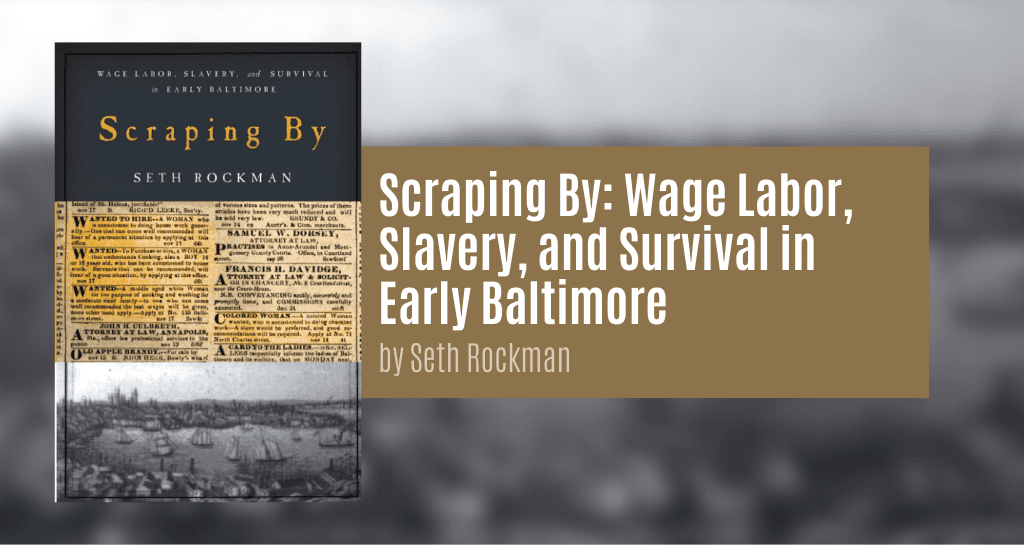
Seth Rockman presents a labor history of the early republic that focuses on workers who barely survived in the developing capitalist marketplace. In fact, many failed. He emphasizes that the broader economic system treated these workers as disposable and their labor as a commodity to exploit for private wealth and the national economic growth. Their low wages and desperate living conditions were the cost of doing business. Scraping By describes the precarious financial state of free and unfree laborers at the bottom of American urban society, but it also describes a field of work done by unskilled laborers in America’s cities: scraping streets to collect manure for agricultural use and mitigate public health dangers. Rockman’s is an interwoven history of private enterprise, public welfare, poverty, opportunity (or lack thereof), and the compounding impacts of marginalized identities in the early republic. He describes how and why Irish immigrants working as free laborers and enslaved Blacks might be hired to work the same jobs, but how working in those environments had different impacts on the workers of differing status. Rockman explains that the conditions endured by those “scraping by” did not create a common class consciousness, nor did it create a hierarchy of oppressed identities. Instead he illuminates that the economic systems developing in the early republic produced class through the buying and selling of coerced labor under the guise of a self-regulating market. Rockman ultimately shows that financial success for the lowest ranked urban workers in the early republic was nearly impossible, that the so-called free market depended on unfree or barely free labor, and that this was not a contradiction of the capitalist system, but rather was essential to its success.
4. Voyles, Traci Brynne. Wastelanding: Legacies of Uranium Mining in Navajo Country. Minneapolis: University of Minnesota Press, 2015.

Traci Brynne Voyles studies mining in Arizona and the transformation of place from Indigenous land and resource management to its colonial seizure and exploitation. Mining is a particularly damaging means of extracting resources. The result is turning earth–which carries meaning to Indigenous people beyond just its capitalist value–into waste. Uranium mining not only requires environmentally devastating means of extraction: it also presents a distinct risk to the Navajo Nation given the uranium’s radioactivity. Voyles explains how settler colonialism assumes land belongs to the settler or else is useless, that it is “wasteland.” She writes, “The power exerted over environmental resources, and the ways in which those in power construct knowledge about landscapes, are a central part of how what we now call social injustices are produced.” This, within the context of the settler colonial view of the land, creates “wastelands of many kinds (which) are constituted through racial and spatial politics that render certain bodies and landscapes pollutable.” The Navajo Nation is left on its own to clean up their “wastelanded” territory. Voyles models important questions about who determines which land can be polluted, how power dictates landscapes, and the violence wrought by settler colonialism on North American lands and peoples.
5. Zallen, Jeremy. American Lucifers: The Dark History of Artificial Light, 1750-1865. Chapel Hill: University of North Carolina Press, 2019.
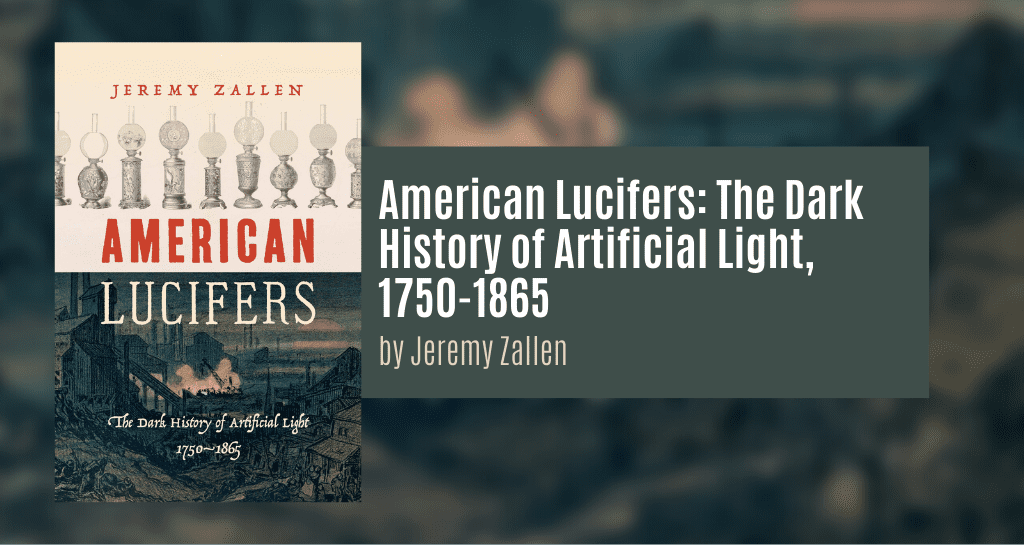
Jeremy Zallen tells the history of artificial light–that is, any kind of light produced by people when they cannot otherwise rely on sunlight. American Lucifers examines the labor, commodities, risk, and market relations that distributed light to the masses. He categorizes this, ironically, as a dark history, filled with physical danger and the brutality of capitalism. Light was not always good: women working as seamstresses from their homes by the light of camphene lamps risked dangerous accidents from using dim but highly flammable fuel to illuminate their pitifully compensated labor. Enslaved labor produced both the camphene oil and the cotton that were so essential to these women’s work. Coal mines were dark and dangerous places, even with the development of safety lamps. Children who worked making matches in factories glowed from their exposure to phosphorous, but that was the least of the side effects of working with the material. Many lost their jaws from prolonged exposure, long before reaching adulthood. Zallen’s approach leans on conventions in labor history, materialism, and the study of global economic networks (the latest move from transnational histories). The book is reminiscent of Sven Beckert’s Empire of Cotton in selecting a commodity and following it through its many evolutions and the processes humans created to sell it. However, Zallen takes an approach more clearly influenced by materialism, questioning the very role the light and means of producing it played in people’s lives.
Gwen Lockman is a PhD candidate in U.S. History at the University of Texas at Austin. She is a historian of U.S. labor and leisure, with interests in work, play, class, community, identity, race, gender, and culture in the 19th and 20th centuries, particularly in the American West. Her current research uses park spaces in Butte, Montana, including the Columbia Gardens amusement park (1876-1973) and plans for new parks to come from Superfund cleanup, to investigate the socio-environmental history of mining, land use, and culture from the 1870s to the present.
The views and opinions expressed in this article or video are those of the individual author(s) or presenter(s) and do not necessarily reflect the policy or views of the editors at Not Even Past, the UT Department of History, the University of Texas at Austin, or the UT System Board of Regents. Not Even Past is an online public history magazine rather than a peer-reviewed academic journal. While we make efforts to ensure that factual information in articles was obtained from reliable sources, Not Even Past is not responsible for any errors or omissions.

